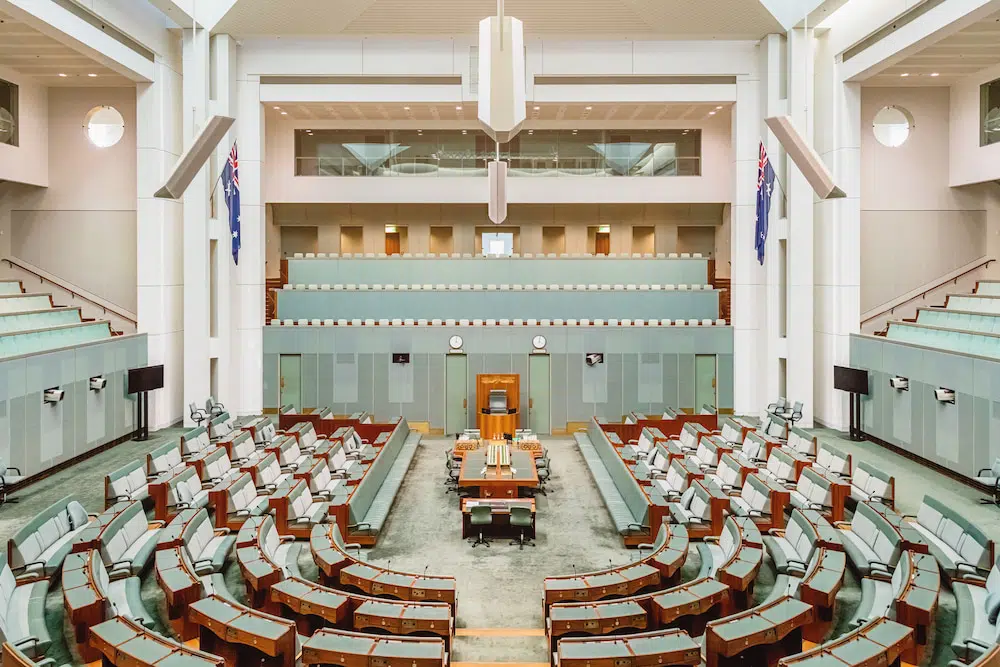On November 30, Anthony Albanese stood in the House of Representatives holding a copy of a report that he said contained 280 pages of detail about how the proposed Indigenous voice to parliament “will operate.”
It can only be hoped this was a rhetorical lapse. If not, and the Prime Minister actually meant what he said, the voice will be more deeply flawed than previously believed.
If Albanese implements the report he displayed in parliament, the problems will extend well beyond the fact that it would be a race-based national institution embedded in the Constitution.
It would be an anti-democratic abomination.
If this plan goes ahead, everyday Australians who happen to be Indigenous will have no control over the new institution. It will be representative in name only.
The report Albanese referred to in parliament would not give Indigenous people a right to elect the 24 members of the voice who would purport to speak on their behalf.
Instead of being accountable to everyday people who happen to be Indigenous, the real power over the voice would be vested in local and regional “voices” that would decide the membership of the new organisation.
There would be no requirement for the powerbrokers at these local organisations to be elected to office; and once in office they would control who sits on the national voice.
But there would be no need for them to conduct elections. Selection would be perfectly acceptable. This is spelled out in the report that, according to Albanese, describes how the voice will operate.
He was referring to the final report of the Indigenous Voice Co-design Process, presented to the Morrison government in July last year by Marcia Langton and Tom Calma. According to Albanese: “There are 280 pages of detail about how the voice will operate.”
If that report’s proposals have in fact been endorsed by the government, Indigenous people will have no right to vote for those members of the voice whose views they support; nor will they have the right to remove those whose views they detest. The real power would rest with those running the local and regional voices, some of whom would come to these influential positions by non-democratic means.
This is how the report describes the model for regional voices: “Each region decides how best to draw its Voice members (i.e. election, nomination/expressions of interest/selection, drawing on structures based in traditional law and custom, or a combination) and how many Voice members there will be … ”
That leaves the way open for the erosion of democratic principle at all levels of the voice. Elections would be optional, not mandatory.
“The national Voice membership would be structurally linked to the local and regional Voices by the local and regional Voices within each jurisdiction collectively selecting national Voice members,” the report says.
“Secondary options under this model may be used if Aboriginal and Torres Strait Islander people of the relevant jurisdiction agree.
“An election or expression of interest process may still be held for a jurisdiction if Aboriginal and Torres Strait Islander people in those areas prefer. This decision would be made with the relevant local and regional Voices,” it says.
The Langton-Calma report also shows that the distribution of members of the voice between the states will be done in a manner that is best described as a gerrymander.
According to the Australian Bureau of Statistics, NSW has 339,546 Aborigines and Torres Strait Islanders, which gives that state 34.5 per cent of the nation’s Indigenous population of 984,002 – the highest proportion of any state.
Yet the Langton-Calma report would give NSW a total of just three representatives on the voice, the same as South Australia which has just 52,083 Indigenous people, the Northern Territory (76,736) and Western Australia (120,037).
But the greatest anomaly is due to the fact that the report treats the Torres Strait Islands, which are part of Queensland, as a separate jurisdiction and gives them two seats on the voice plus an additional seat for islanders who reside on the mainland.
When those three seats are included in Queensland’s tally, the sunshine state looks set to gain disproportionate influence over the direction of the voice.
Queensland, including the Torres Strait Islands, will have six of the 24 seats on the voice — twice as many as NSW.
Yet last year’s population estimates by the ABS show that Queensland had just 273,224 Aborigines and Torres Strait Islanders, which is 66,322 fewer than in NSW.
If this is how the new institution will operate the government has some explaining to do before we are asked to embed such an undemocratic entity in the Constitution.
Why will Queensland benefit from a gerrymander that will allow it to dominate the voice?
Why will Indigenous people in NSW be under-represented?
Why will Indigenous people everywhere be denied the right to vote for members of the voice and – more importantly – to vote them out of office?
And if the government plans to allow membership of the all-important local and regional voices to be determined by what the report describes as “traditional law and custom”, will the Federal Court be asked to settle disputes about the content of those traditional laws and customs?
The bigger issue is that the voice looks like a throwback to less enlightened times. It will suffer from the same democratic deficit that once existed in this country under the authoritarian rule of colonial British governors. But this time, those exercising unaccountable power will be black, not white.

